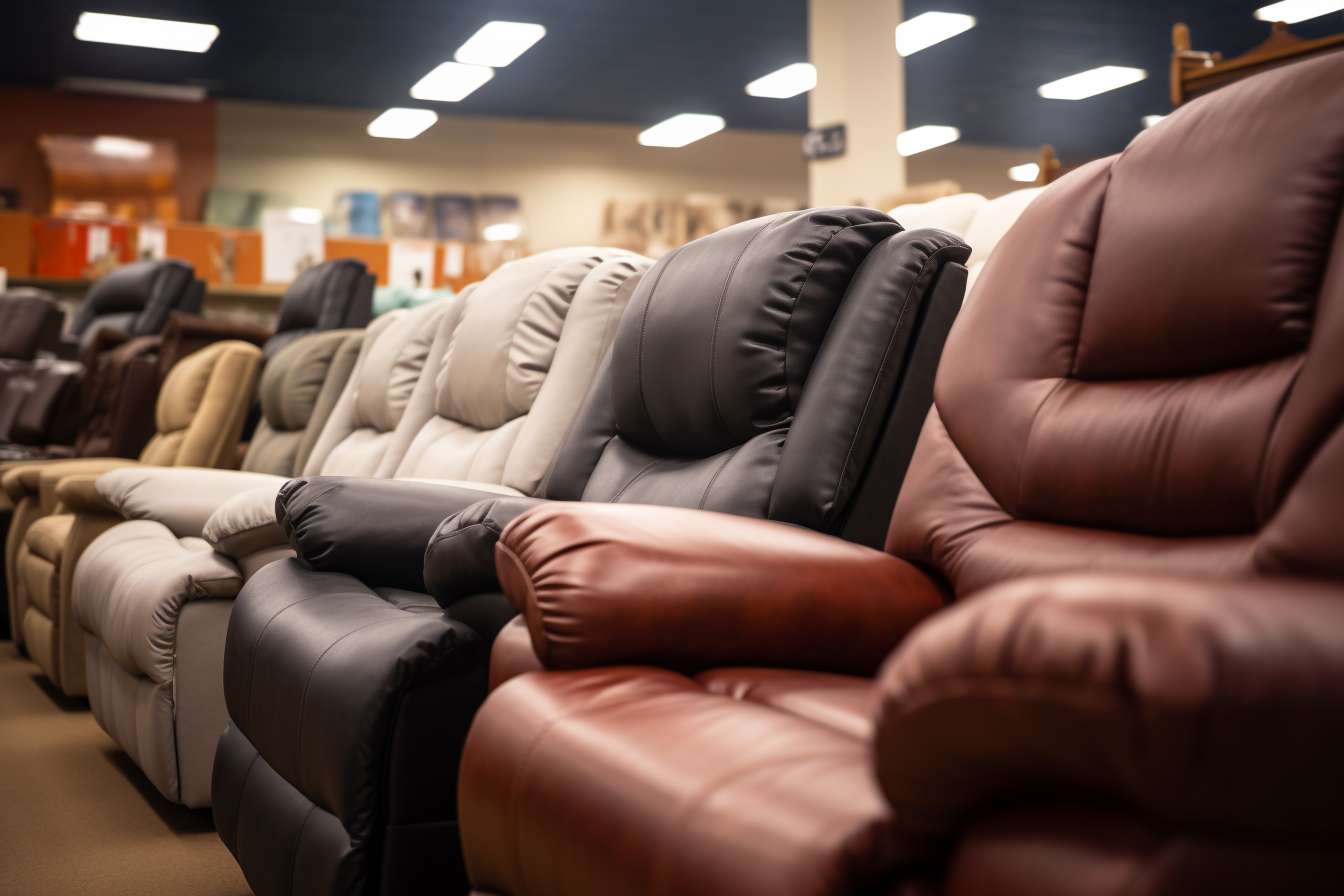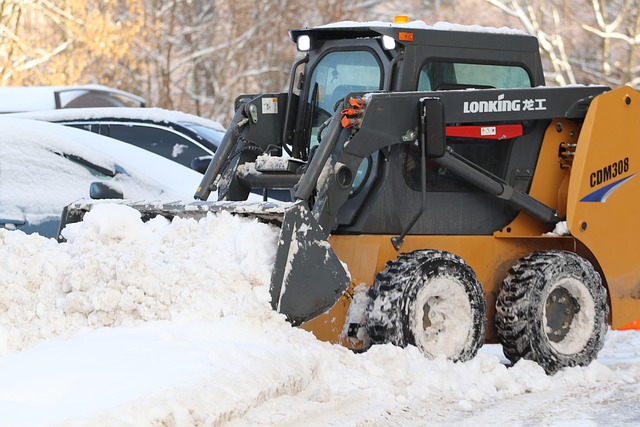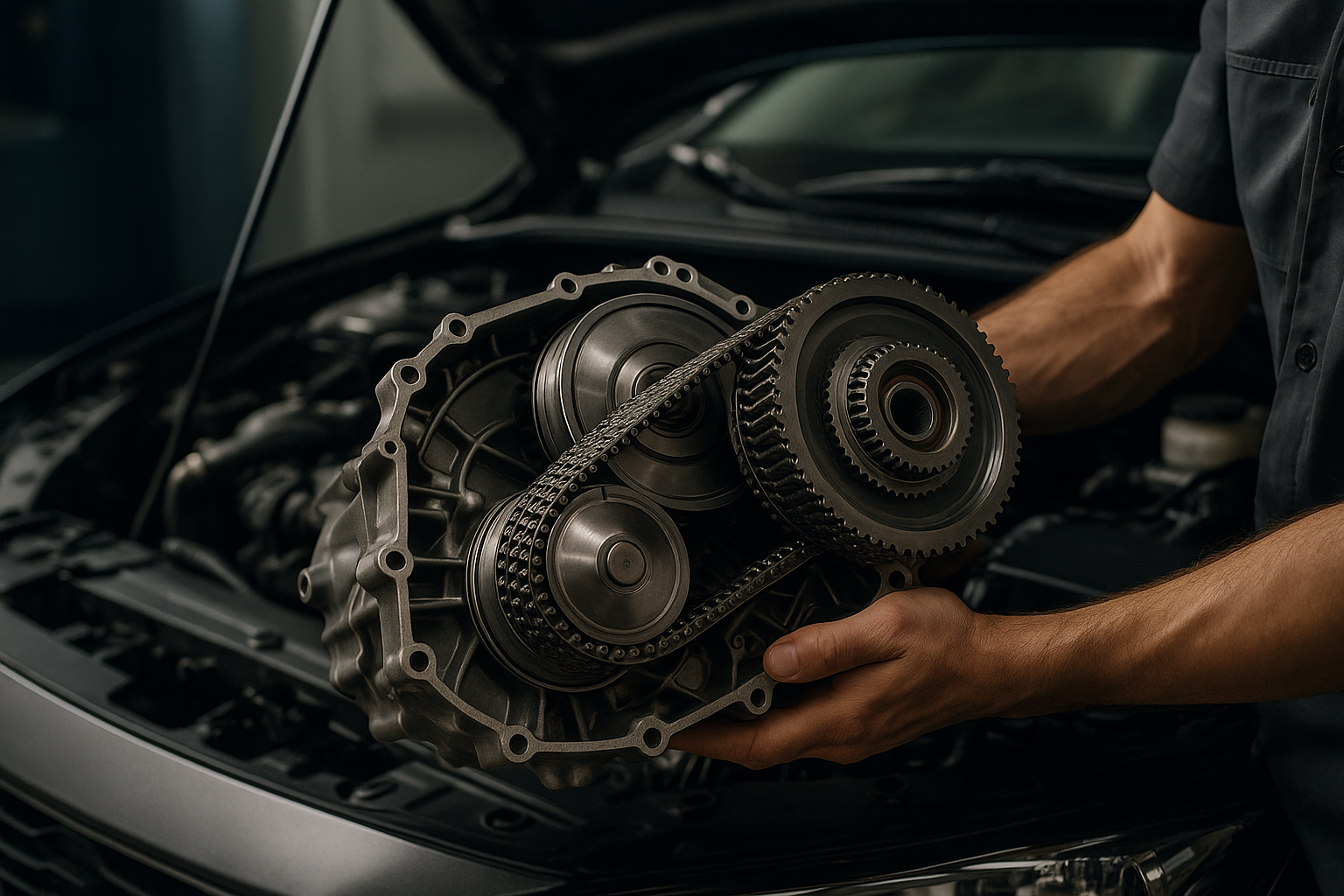Understanding Carports: A Practical Overview and Selection Guide
Carports are functional outdoor structures designed to protect vehicles from the elements while offering an affordable alternative to traditional garages. These versatile shelters typically feature a roof supported by posts without enclosed walls, providing basic coverage for cars, boats, RVs, and other vehicles. As property prices increase and homeowners seek flexible solutions for vehicle protection, carports have gained popularity for their cost-effectiveness, ease of installation, and adaptability to various spaces and needs.

What Is a Carport and How Does It Function?
A carport is a covered structure specifically designed to shelter vehicles from sun, rain, snow, and other environmental elements. Unlike garages, traditional carports don’t have four walls, though some modern designs include partial walls or screens for additional protection. The basic structure consists of a roof supported by posts or columns, creating an open-air shelter that allows for easy access and natural ventilation. Carports can be freestanding structures installed anywhere on your property or attached to your home, sharing at least one wall with the main building.
The primary function of a carport is vehicle protection, but these structures have evolved to serve multiple purposes—from additional outdoor entertainment space to storage for garden equipment, boats, or recreational vehicles. Their simplified design makes them particularly appealing for homeowners seeking immediate vehicle protection without the complexity and expense of building a fully enclosed garage.
What Materials Are Used in Modern Carport Construction?
Today’s carports are constructed from a variety of durable materials, each offering different benefits and aesthetic qualities. Metal carports, particularly those made from aluminum or steel, remain the most popular due to their affordability, durability, and minimal maintenance requirements. Steel carports provide excellent strength and stability, making them suitable for areas with heavy snow or high winds, while aluminum options offer superior rust resistance in humid or coastal environments.
Wooden carports deliver a more traditional, aesthetically pleasing appearance that can complement various architectural styles. Though requiring more maintenance than metal alternatives, timber structures can be customized with different stains or paints and provide a warmer, more natural look. For homeowners seeking maximum durability with minimal upkeep, vinyl and polycarbonate materials offer modern alternatives, with the latter providing translucent roofing options that allow natural light filtration while still blocking harmful UV rays.
What Are the Primary Benefits of Installing a Carport?
The advantages of adding a carport to your property extend beyond simple vehicle protection. Cost-effectiveness stands as perhaps the most significant benefit—carports typically cost 50-60% less than equivalent-sized garages while still providing essential coverage. The installation process is also considerably faster and less disruptive, often completed in days rather than the weeks or months required for garage construction.
Carports offer remarkable versatility in both placement and function. Without the restrictions of a fully enclosed structure, carports can be positioned in locations where building codes might prohibit garages, and their open design makes them ideal for multi-purpose use. Many homeowners use their carports not only for vehicle storage but also as covered outdoor spaces for entertainment, temporary workshops, or additional storage.
From a property value perspective, a well-designed carport can enhance your home’s curb appeal and functionality without the significant investment of a garage addition. For homeowners in regions with moderate climates, carports provide the necessary protection from sun and occasional precipitation without the expense of full enclosure that might be required in more extreme environments.
How Do Carports Compare to Traditional Garages?
When evaluating carports against traditional garages, several key differences emerge that impact suitability for different homeowners. Garages provide superior security and complete protection from the elements with their fully enclosed design, but this comes with significantly higher construction costs and greater complexity in terms of permits and building requirements. Carports, while offering less security and limited weather protection, provide sufficient shelter for many environments at a fraction of the cost.
From a construction perspective, garages require foundations, complete wall systems, and often electrical work, making them major building projects. Carports, with their simpler post-and-roof design, can typically be installed within days and frequently don’t require the extensive permits associated with garage construction. This simplicity extends to their adaptability—carports can easily be modified, expanded, or even relocated if necessary, while garages represent more permanent structures.
Space utilization also differs significantly between these options. Garages offer enclosed storage space that can be used for various purposes beyond vehicle parking, including workshops or home gyms. Carports, while more limited in secure storage options, provide flexible covered space that remains connected to the outdoors, making them ideal for properties in temperate climates or as multipurpose entertainment areas.
What Factors Should Guide Your Carport Selection?
Selecting the right carport involves considering several key factors specific to your property and needs. Climate should heavily influence your decision—regions with heavy snow or extreme weather may require more robust designs with steeper roofs and stronger supporting structures. Similarly, your local building codes and HOA restrictions might limit size, placement, or materials, making it essential to research these regulations before purchasing.
Vehicle dimensions represent another crucial consideration. Standard carports are typically designed for average-sized passenger vehicles, but if you need to accommodate RVs, boats, or multiple vehicles, you’ll need to ensure appropriate dimensions in both height and width. The structure’s intended longevity should also guide your material selection—permanent installations warrant investment in higher-quality materials like powder-coated steel or treated wood, while temporary solutions might use more economical options.
Your property’s aesthetic should inform the carport’s design to ensure it complements your home rather than appearing as an afterthought. Many manufacturers now offer customizable features like roof styles, colors, and decorative elements that can help your carport blend seamlessly with your existing architecture.
What Are the Current Carport Options and Their Costs?
The carport market offers various options across different price points, with costs primarily determined by materials, size, and design complexity. Understanding these variations can help homeowners make informed decisions based on their budget and requirements.
| Carport Type | Average Cost Range | Features | Best For |
|---|---|---|---|
| Metal (Steel) | $1,200 - $3,000 | Durable, low maintenance, various color options | Long-term use, areas with moderate weather |
| Aluminum | $3,000 - $6,000 | Rust-resistant, lightweight, modern appearance | Coastal areas, humid climates |
| Wood | $5,000 - $10,000 | Aesthetic appeal, customizable design, natural look | Complementing traditional home styles |
| Polycarbonate | $2,500 - $5,000 | Translucent options, UV protection, modern design | Areas valuing natural light while providing protection |
| Portable/Temporary | $500 - $1,500 | Easy assembly, movable, minimal installation | Temporary protection, renters, seasonal use |
Prices, rates, or cost estimates mentioned in this article are based on the latest available information but may change over time. Independent research is advised before making financial decisions.
Additional cost factors include installation fees (typically $500-$1,500 depending on complexity), permit costs which vary by municipality, and optional features like gutters, partial walls, or concrete pad foundations that can add several hundred to several thousand dollars to the final price. Many homeowners find that mid-range metal carports offering the best balance of durability, aesthetics, and affordability for most residential applications.
Conclusion
Carports represent a practical, versatile solution for vehicle protection and additional covered outdoor space. Their cost-effectiveness, quick installation, and adaptability make them attractive alternatives to traditional garages for many homeowners. By carefully considering your specific needs, local climate, property aesthetic, and budget constraints, you can select a carport that provides years of functional use while enhancing your property’s value and appearance. Whether chosen as a permanent vehicle shelter or multi-purpose covered space, a well-designed carport serves as a valuable addition to residential properties.




